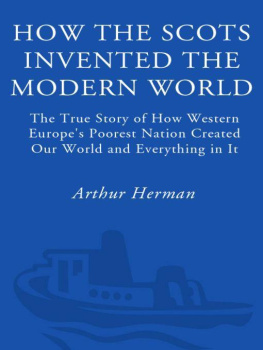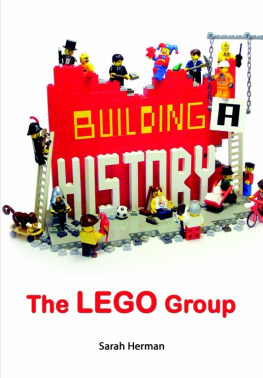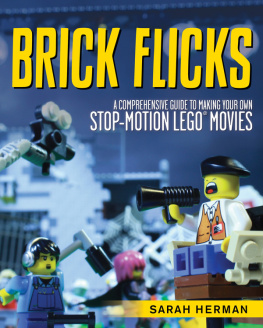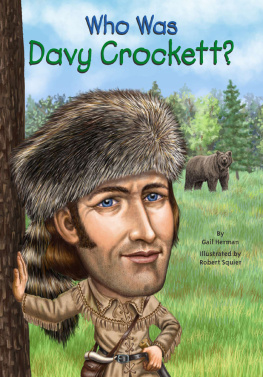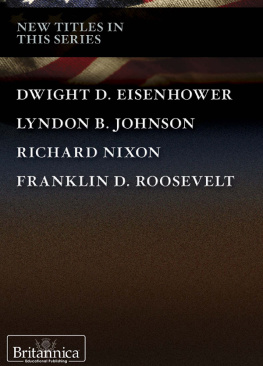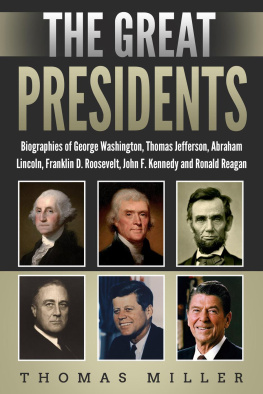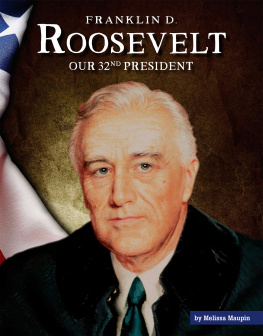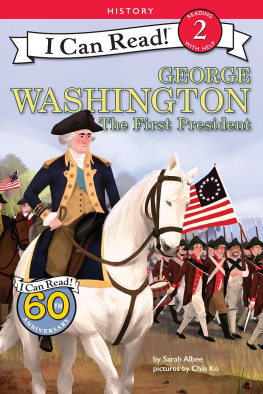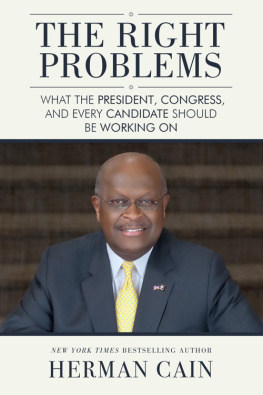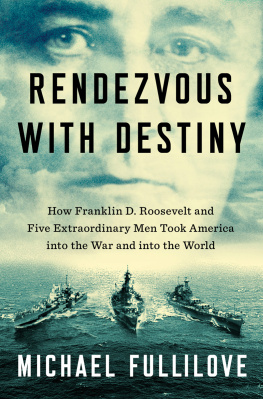Copyright 2012 by Arthur Herman
All rights reserved.
Published in the United States by Random House, an imprint of The Random House Publishing Group, a division of Random House, Inc., New York.
R ANDOM H OUSE and colophon are registered trademarks of Random House, Inc.
LIBRARY OF CONGRESS CATALOGING-IN-PUBLICATION DATA
Herman, Arthur
Freedoms forge: how American business produced victory in World War II / Arthur Herman.
p. cm.
Includes bibliographical references.
eISBN: 978-0-679-60463-1
1. World War, 19391945Economic aspectsUnited States. 2. Industrial mobilizationUnited StatesHistory20th century. 3. Industrial managementUnited StatesHistory20th century. 4. Manufacturing industriesMilitary aspectsUnited StatesHistory20th century. 5. United StatesEconomic policy19331945. I. Title.
HC106.4.H467 2012 940.531dc23 2011040661
www.atrandom.com
Jacket design: Christopher Sergio
Jacket photograph: FPG/Hulton Archive/Getty Images
v3.1
PREFACE
THIS IS THE story of Americas forgotten heroes of World War II. They didnt wear uniforms, at least not at first. They wore business suits, dungarees and flannel shirts, spectacles and Stetsons, Homburg hats and hard hats, lab coats and welding leathers and patterned head scarves.
They were the American businessmen, engineers, production managers, and workers both male and female who built the most awesome military machine in history: the arsenal of democracy that armed the Allies and defeated the Axis. Together they produced two-thirds of all Allied military equipment used in World War II. That included 86,000 tanks, 2.5 million trucks and a half million jeeps, 286,000 warplanes, 8,800 naval vessels, 5,600 merchant ships, 434 million tons of steel, 2.6 million machine guns, and 41 billion rounds of ammunitionnot to mention the greatest superbomber of the war, the B-29, and the atomic bomb.
How this remarkable mobilization of American industry, technology, and material production happened remains the great untold story of World War II. This book builds that story around two central figures, William Signius Knudsen and Henry Kaiser. One was a Danish immigrant who worked his way up from the shop floor to become president of General Motors. The other grew up as a problem child in upstate New York before going west to head the most titanic construction cartel in America, the Six Companies, who built Hoover Dam.
Almost forgotten today, their names and faces were emblazoned across the news in wartime America.
At Roosevelts call, Knudsen left GM in 1940 to spearhead Americas rearmament, first as director of the Office of Production Management and then to accept a lieutenant generals commission (the first and only civilian in American history to receive this honor) as head of industrial production for the U.S. Army.
Henry Kaiser became Americas most famous shipbuilder and the living symbol of the productive power of the arsenal of democracy with his launching of the Liberty ships. A 1945 Roper poll named Kaiser as the civilian most responsible for winning the war, right after Franklin Roosevelt himself.
Knudsen knew how to make things, especially out of metal. Kaiser knew how to build. They each gathered around them a few chosen businessmen who joined them in starting Americas mobilization effort. Many of these men had never been to college; some were school dropouts. None had heard of an MBA. But eventually hundreds, then hundreds of thousands of other businesses and companies joined in. Their foes werent German or Japanese soldiers but Washington politicians and bureaucrats, shrill journalists, military martinets, the denizens of Big Labor as well as Big Governmentand sometimes the forces of blind fate.
Many paid a terrible price. American workers in war-related industries in 194243 died or were injured in numbers twenty times greater than the American servicemen killed or wounded during those same years. At General Motors alone 189 senior executives died on the job during the war, trying to ensure final American victory.
Most accounts of America in World War II center on the great climactic battles from Midway and Tarawa to D-day and Iwo Jima. The battles American business fought and won came earliersome a year before the country went to war. Yet they enabled the United States to win those battles to come, and crush the forces of Fascism. In so doing, they transformed Americas military into the biggest and most powerful in the world. They also laid the foundations for a postwar prosperity that would extend across three decades until the 1970s and fuel the economic growth of the rest of the planet.
Japanese admiral Yamamoto famously said he feared the attack on America at Pearl Harbor had awakened a sleeping giant. In fact, it had been aroused to life more than a year before by other eventsevents that led a man in a wheelchair to pick up the phone and dial a number in Detroit.
CONTENTS
U.S. Army, mid-1930s. Courtesy National Archives
Our opponents are miserable worms. I saw them at Munich.
Adolf Hitler
IT WASNT A DAY to expect catastrophe.
Across Western Europe, May 10, 1940, dawned bright and clear. Then, with a whine accelerating to a scream, swarms of German Stuka dive-bombers swooped out of the skies over Holland and Belgium and unloaded their bombs. The skies turned from blue to white as thousands of parachutes opened and German paratroopers descended to earth to seize key bridges and installations. The supposedly impregnable Fort Eben Emael fell in a matter of hours. Dutch and Belgian troops, stunned into impotence, dropped their rifles and surrenderedbeaten by an enemy they barely had time to see, let alone fight.
After seven months of what the French called la drle de guerre and the British the Phony War, the war declared back in September 1939 between Germany and the Allies had finally turned real.
With drill-like precision, German shock troops crossed the Meuse River and grabbed key bridges for a thrust deep into French territory. On May 14 hundreds of German tanks began pouring through the gap at Sedan and into the open countryside. Entire divisions of the French army were cut off. Back at headquarters, generals ordered their troops to hold positions, only to learn that German panzers had already bypassed them.
That same afternoon, French and British Royal Air Force bombers set out to blow up the crucial bridges across the Meuse. German antiaircraft fire and fighters shot down more than half in what was the bloodiest single day in RAF history. Yet the Meuse bridges remained unscathed. That same afternoon, German bombers devastated the ancient Dutch city of Rotterdam, killing a thousand civilians and rendering thousands more homeless. It was the worlds first taste of what massed modern bombers could do to a helpless civilian population.
German tank columns, meanwhile, were pressing on toward Paris. Hitlers Blitzkrieg, a mechanized tidal wave of planes, tanks, and armored cars, was sweeping aside everything in its path.
Winston Churchill had been prime minister less than five days when he was awakened at 7 A . M . by a phone call from his French counterpart. We have been defeated, Paul Reynaud said in English. Churchill rubbed his eyes, but said nothing. Reynaud then repeated, We are beaten; we have lost the battle. Churchill flew to Paris that day to see what could be salvaged from imminent defeat. But he paused to send a telegram across the Atlantic to the White House and President Franklin D. Roosevelt. It read in part:


